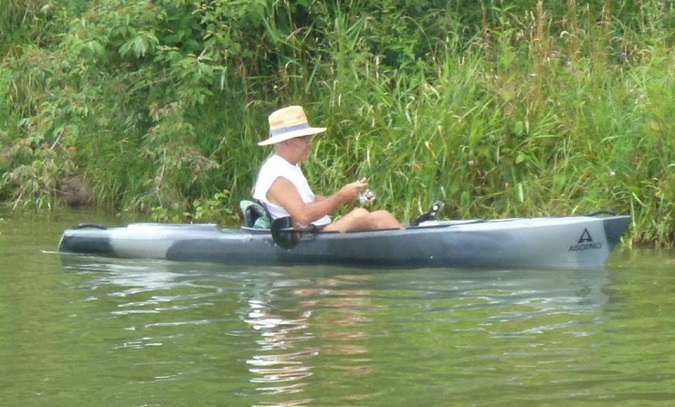
Eager paddlers need to use extreme caution. After a long, cold winter and cool and wet spring so far, Iowa paddlers are ready to put an end to their “cabin fever”. The fluctuation in air temperatures have made the warming of water temperatures a much slower process, and it take several weeks before rivers and lakes are at the ideal temperature for water recreation.
While late winter and early spring paddling can provide solitude, exercise and an opportunity to see amazing wildlife, it also must be done with safety in mind.
“Many paddlers, especially those just starting out, fail to realize that although temperatures may be above average during some of the winter, the water is still dangerously cold and you must be prepared,” said Todd Robertson, certified paddling instructor at the Iowa Department of Natural Resources. “The general rule of thumb is that if the water and air temperature does not equal 120 degrees, you are at risk for hypothermia and cold water shock.”
Safety Tips for Paddling in Cold Water Conditions.
- Always wear a life jackets. Not only does the life jacket help keep your head above water, it helps to keep your organs warmer.
- Dress for the water temperature, not the air temperature. Plan as if you were to be in the water at some point. A wet suit or dry suit is a must. Dress in layers so you can peel a layer off if you get overheated.
- Consider attending classes to improve boat control skills before heading out in cold water.Stay away from strainers, wood/branch piles that can pull a paddler under. These are usually found on
- outside river bends where the current is going and are deadly hazards that must be avoided.
- Don’t paddle alone, especially when cold water is present, use a buddy system. Go with a small group of paddlers and know which paddler has the most experience.
- Bring along a dry bag with extra clothing to change into should you get wet. Get out of wet, cold clothing as soon as possible.
- Having the right gear and understanding the stages of hypothermia is crucial for remaining safe.
Have a float plan. - Let others know where you are paddling and when you are expected to return.
